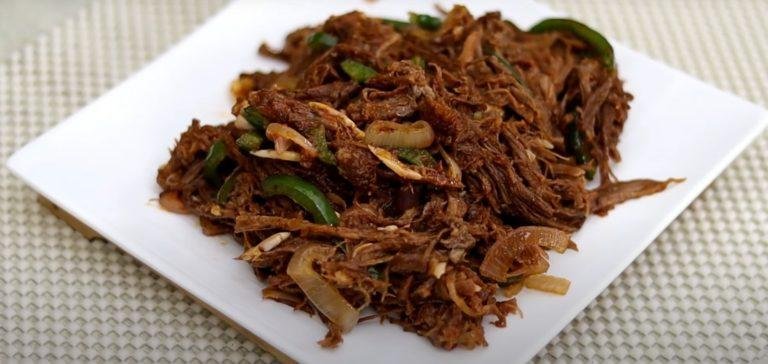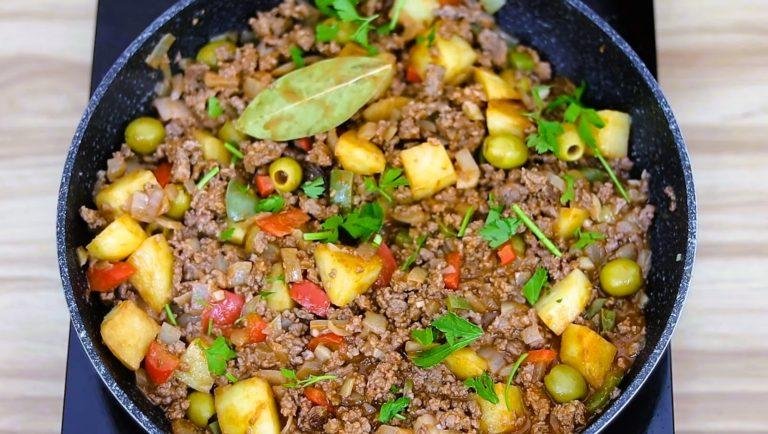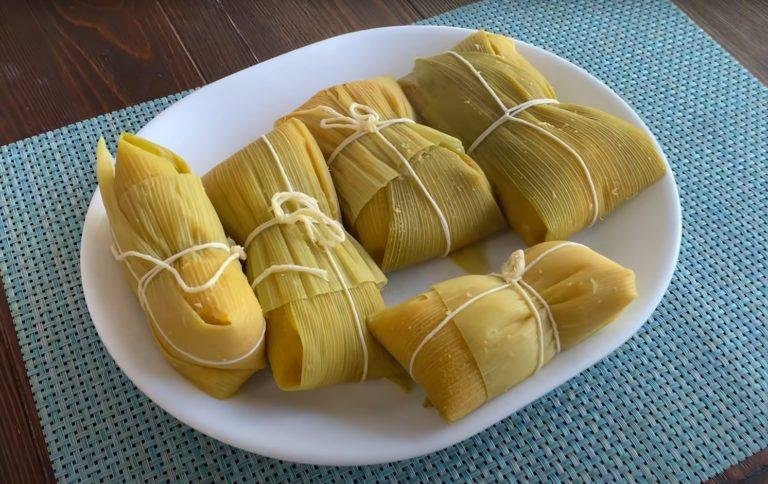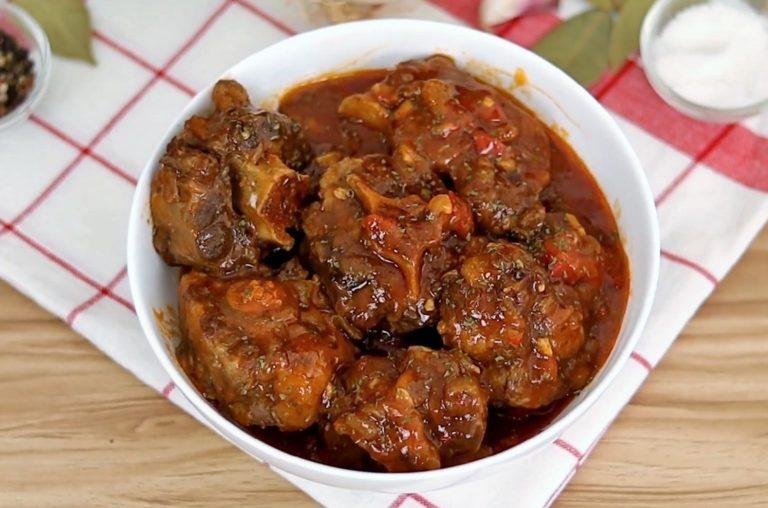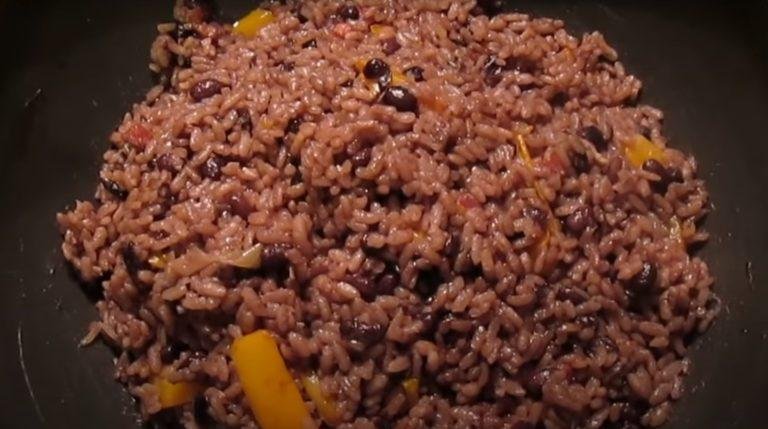Cuban New Year’s Traditions
The food and drinks consumed by Cubans during New Year’s Eve are part of a long tradition that has been preserved through time, with different variations according to the historical moment that has been lived, but that has kept the essence of this old tradition. We will be talking about some typical Cuban dishes, those that are common and should not be missing in any home for New Year’s Eve.
In Cuba, Christmas Festivities are those between the end of the year and the beginning of the coming year, including Christmas Eve, New Year’s Eve, New Year’s Day, and Epiphany, all of them with a religious connotation. These celebrations have the characteristic of bringing the whole family together and have been a very popular custom since ancient times.
In these festivities there is a traditional menu of typical food and drinks, which highlights the roast suckling pig, accompanied depending on the region of Congrí made mainly in eastern Cuba or Arroz Moro much more elaborate in the western region, yuca con mojo, tostones, vegetable salad, and homemade desserts, especially fritters and Christmas pies, although they are also typical coconut candy, jams, and fruit in syrup with cheese. Beer and wines are currently the most consumed, without forgetting the long-awaited Cider. At midnight on December 31, it is tradition to eat 12 grapes in anticipation of the new year.
Let’s talk then about the most consumed dishes in these celebrations. It is very typical in Cuban cuisine, especially in festivities such as New Year’s Eve dinner, that the main dish is roast pork, around which other foods revolve, the roasting technique varies according to the region of the country, for example in the central and eastern region is cooked on a spike, which crosses it from one side to another, this spike is attached to a stake driven into the ground, which has several levels, to regulate by height, the heat transmitted by the coal or firewood that is deposited in a hole made in the ground. As the hours go by, the spike is turned so that it cooks on all sides; it is also customary to fill it inside with oriental Congrí, and as the pork cooks, so does the Congrí. In the western part of the country, the pork is grilled or barbecued, a technique of Indian origin, and depending on the type of firewood used, the flavor of the roast changes; it is very common to use red mangrove and guava branches. In the province of Pinar del Río, it is very common to grill pork covered with banana leaves. In Havana, the most common way of roasting is in the oven. Roasting in a casserole is used throughout the country. What is practically common in almost all regions are the seasonings with which the pork is marinated, the mojo criollo, and the sprinkling of the pork as it is cooked.
In many regions, the roast piglet of New Year’s Eve gives rise to another dish that is consumed all ready for the New Year, called Montería and consists of the leftover piglet pieces, cut and sautéed in a sauce and enriched with paprika and dry wine. This is a dish where the by-products are used, it can be eaten with cassava (aboriginal preparation), hydrated with the sauce, and on top of the Montería. Even in some regions, especially in the eastern part of the country, cassava is still consumed during New Year’s Eve festivities.
Another of the most characteristic dishes of the Cuban New Year’s Eve dinner is undoubtedly the yucca with mojo, which consists of soft yucca with a Creole mojo on top, and on many occasions, pork cracklings are added. The mojo criollo is widely used in Cuban cuisine, it is mainly used after cooking, for example, yucca with mojo, to which we referred, malanga with mojo, pumpkin with mojo, the Mojo Criollo marinade for suckling pig and other roasted meats. This preparation is very representative of Cuban cuisine and especially of peasant cooking. It is important to consider that this Mojo gives the name “a la Criolla” to an infinite number of dishes.
The New Year’s Eve dinner is accompanied by green plantains, which are cut into slices and fried in two stages, first browned on both sides, and then fried again, but this time flattened. This dish has African origins and is called in different ways, depending on the region of the country, in the West it is more commonly called “tostones”, it is also known as “patacón pisa’o”.
The jewel of Caribbean gastronomy is undoubtedly the Congrí, that mixture of white rice stewed with red beans. Popularly known as Moros y Cristianos, but in professional and international cuisine, Moros y Cristianos is cooked differently, they are also made with black beans and with the same ingredients as Moorish rice, with the difference that the rice is cooked separately with white seasonings (garlic and onion) and the beans are cooked with the rest of the ingredients, then strained and sautéed, presented separately in an artistic way and it is the customer who makes the mixture. It is known that the union of rice with beans is very beneficial for the human organism because both improve the quality of vegetable proteins present, since both contain essential amino acids, one has the amino acids that the other lacks, forming an ideal complement to the nutritional point of view, thus obtaining a protein of a biological value like that contained in meat.
Typical at this time of the year is the vegetable salad. Generally, seasonal vegetables are used, mainly tomatoes, lettuce, and radishes. For the dressing, a classic vinaigrette is used, oil, vinegar, salt, and pepper, the latter used more nowadays, and on many occasions, onion rings are added.
Additionally, we have the Caldosa “the ajiaco” which, for many, is an authentic symbol of Cuban identity. There are many places in the country, as well as families, that choose to prepare this recipe as a starter or even to last until the beginning of the year, when hangovers can be present and a good Caldosa “raises even a dead man”, according to popular belief. It is nothing more than a traditional soup or thick broth with meats, vegetables, corn, corn on the cob, or whole or shelled beans, and is seasoned with spices that give it a unique flavor. One of the peculiarities of this Cuban broth soup is its dense texture, a product of the vegetables that melt and give it that special thickness. For this reason, this type of soup differs from the Cuban ajiaco, which is more liquid and boiled. There are different ways to prepare the Cuban Caldosa, in different regions vary the meats that will be added, and highlight the beef, veal, or pork loin.
And to end this New Year’s Eve dinner, “dessert”, the undisputed companion of the Cuban table. Many Cubans, I would dare to say that the great majority, think that “if they have not eaten dessert they have not eaten”, a habit born in the Andalusian monasteries and convents, and strengthened in the barracks of African slaves, because the African slaves were confined mostly to the sugar mills, and it is known that their diet was high in sugar, hence the preference of the Cuban for the sweet; Although sweets are sources of glucose and offer us energy and strength, the excessive consumption of sugars causes an additional amount of energy to the necessary one, which is stored as fat, with the consequent overweight or obesity, and therefore, the risk of contracting chronic diseases.
The most traditional dessert consumed at the end of the year is undoubtedly the Christmas fritters, with a clear Catholic influence, but made mainly with the products of our land, this traditional dessert has some variations depending on the region, in some places, use a little pumpkin instead of sweet potato and others do without the sweet potato, also grate the cassava to extract the catibía, put it to dry in the sun for 10 or 12 hours; Once dry they pass it through the jibe, to obtain the flour, then they add the aniseed and knead it into a ball and put it to boil. Once cooked they break it in the mortar and it is when they add the malanga, the sweet potato, and the eggs, they finish the procedure in the same way. In some cases, they add wheat flour to work the dough on the table.
Do not forget to get something to drink throughout the day, beer, rum, or any other beverage you wish, without forgetting the bottle of cider to toast when the clock strikes 12.
Only one detail is missing, and that is dancing to the rhythm of good music, the point that a Cuban never lacks, much less in celebrations like this one.
The Best Of Cuban Food And Lounge Bar.
CALL US FOR A RESERVATION: 8134502176
ORDER ONLINE THROUGH OUR EXQUISITE MENU



